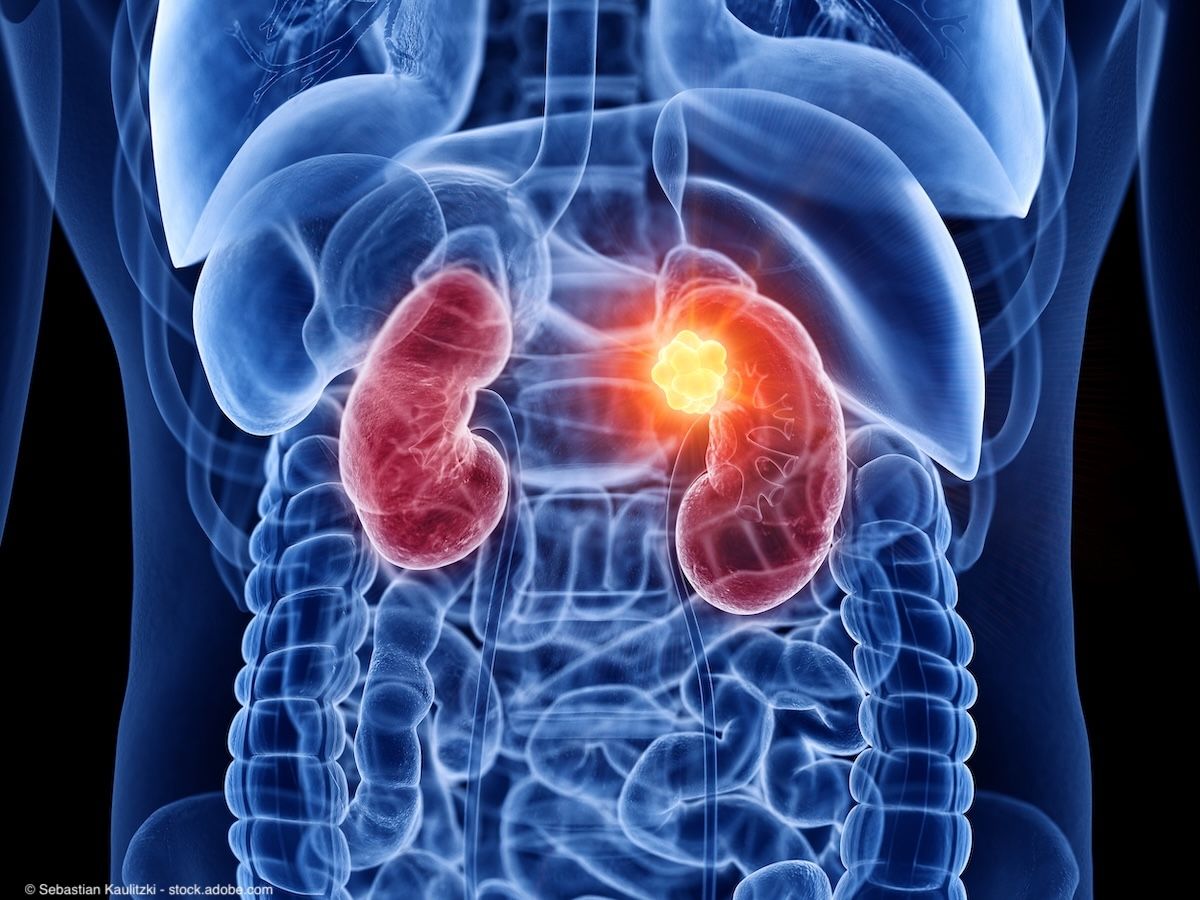Opinion
Video
Dr. Craig G. Rogers on pain management for patients undergoing kidney cancer surgery
Author(s):
"For me, as a physician who treats patients with kidney cancer and does surgeries, where this study is going to help me and change my practice is making me more thoughtful and intentional in the way I approach my patients with their pain management," says Craig G. Rogers, MD.
In this video, Craig G. Rogers, MD, discusses how findings from the Urology Practice study “Practice-Level Variation in Opioid-Free Discharge Following Surgery for T1 Renal Masses: A MUSIC-KIDNEY Analysis” will affect his clinical practice. Rogers is director of renal surgery at Henry Ford Hospital, director of urologic oncology at Henry Ford West Bloomfield Hospital, program director of the urology clinical research fellowship, program director of the robotic urology fellowship, medical director of the Vattikuti Urology Institute Center for Outcomes Research Analytics and Evaluation, and chair of the Henry Ford Department of Urology at Henry Ford Health System in Detroit, Michigan. Wang is a research fellow in the department of urology at Henry Ford Health System in Detroit, Michigan.
Transcription:
Based on these findings, are you likely to alter anything about your own clinical practice?
For me, as a physician who treats patients with kidney cancer and does surgeries, where this study is going to help me and change my practice is making me more thoughtful and intentional in the way I approach my patients with their pain management. MUSIC did a similar study in [patients with] prostate cancer years ago, and what we saw was a change in behavior where it was a stepwise progression where we started using fewer opioids for prostate surgery, and then we just cut it off all together. It was a mindset change that we could do less and less. When we saw that we could do it, we got more confidence that patients were doing well. In a similar sense, this study now is telling me, we can do the same thing for [patients with] kidney cancer. That's going to require a lot of education; you have to educate the patients of what their pain control will be like, and that we're going to be using non-narcotic pain medications around the clock on a scheduled basis, so the patients know what pain control they're going to get. Now, it doesn't mean we have to go 0 to 100, day 1 and just cold turkey, no pain control, and that we're leaving patients in pain. I think we can say, "We can do a very thoughtful approach. Here's a regimen that you're going to get around the clock. And if you need above and beyond that, there will be opioids available. But we don't plan on using that as our baseline, go-to pain control effort." And then if I get more confidence with that, there may be select patients that can go completely opioid free. I don't think the message of the paper is necessarily that it's bad or terrible if you ever prescribe opioids for your patients in pain. It's just to say that that may not have to be for everyone and certainly, we can try to cut it down a little bit and use other ways to supplement for pain.
This transcription was edited for clarity.
Newsletter
Stay current with the latest urology news and practice-changing insights — sign up now for the essential updates every urologist needs.
















